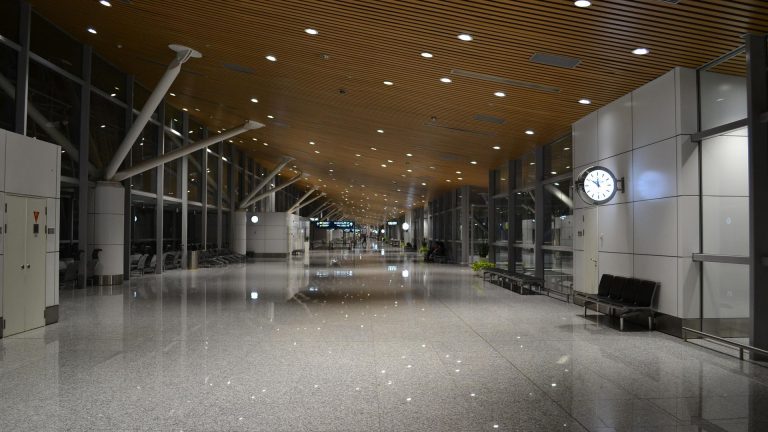Forklift trucks are expensive to maintain and are a significant source of worker injuries and even deaths each year. The high cost of using forklifts in manufacturing, warehousing and logistics environments is pushing an increasing number of businesses to go forklift-free (see our June 11 post). Going forklift-free can reduce inventory and equipment needs, improve material flow and customer response, increase cycle efficiency and overall productivity, and decrease operating costs. At the same time a forklift-free work environment significantly improves plant safety; decreases liability concerns; and markedly decreases worker injuries and associated medical, insurance, disability and lost man-hour costs.
Implementing a forklift-free program can be challenging and will require a coordinated effort by top-level management, all affected departments, and suppliers, say John Neuman and Larry Tyler in American Machinist. They emphasize that success will require the ability to maintain “a big picture overview of the project as well as an understanding of how each department and suppliers, both internal and external, will be impacted.”
A successful transition to a forklift-free environment begins with a clarification of plan targets and goals and the identification of waste, ergonomic and safety threats. Neuman and Tyler suggest beginning by asking how operations and your supply chain will be impacted by a forklift-free system. Typical project leaders include manufacturing and industrial engineers and material logistics personnel. Input should be gathered from safety teams, production managers, line operators, tug drivers, market supply teams, your purchasing department and suppliers. Good communication, efficient information coordination, and clear assignment of responsibilities are important to success at this stage of the project, warn Neuman and Tyler.
Performing a trial run that physically traces each step of operation from the supplier to the receiving dock through assembly and back to the shipping dock allows the implementation team to uncover any potential problems before initiation. Role playing allows each individual who will participate in the new process to experience and try out the actual movements they will need to undertake in a forklift-free production. The suggestions gained from a physical dry run can provide valuable insight into operational, personnel and supplier issues that must be addressed before full implementation of a forklift-free system.
Obviously, implementing a forklift-free environment in an existing plant presents a significantly greater challenge than in a new or remodeled facility where changes can be incorporated in the planning phase. Neuman and Tyler warn that “existing plant constraints may make the best forklift-free strategy less than optimal.” Aisle widths, conveyor heights, set backs, line space, ceiling height and floor quality are among the challenges that may need to be overcome. Incremental conversion beginning with one or two work cells or a common assembly area may allow for greater success in brownfield operations. Despite the added challenges, positive results can be achieved in brownfield operations though initial cost and implementation time may be somewhat greater.


